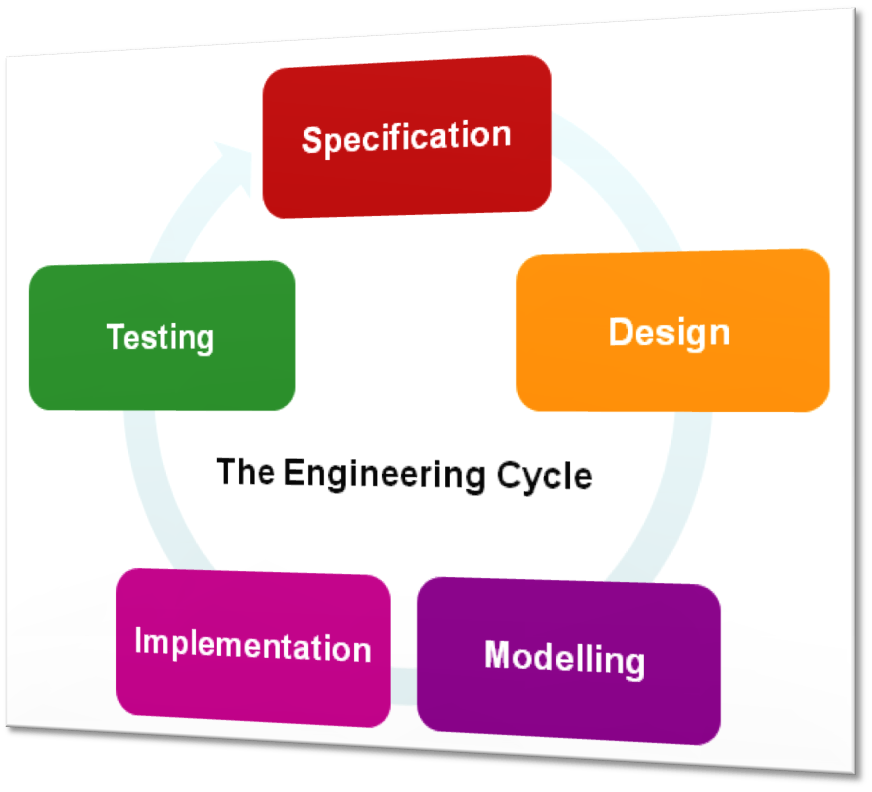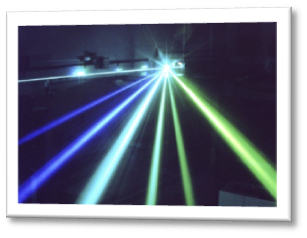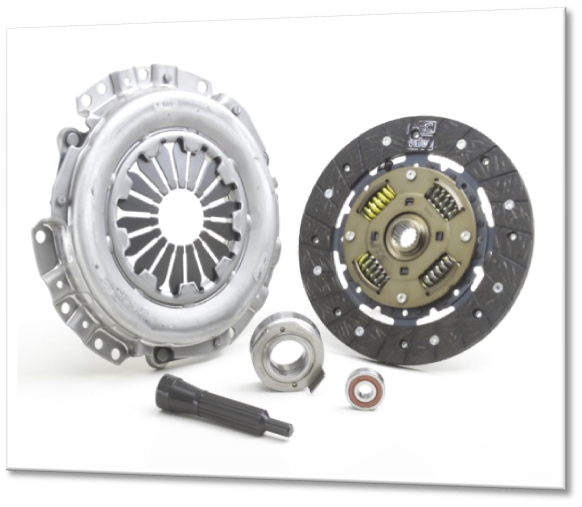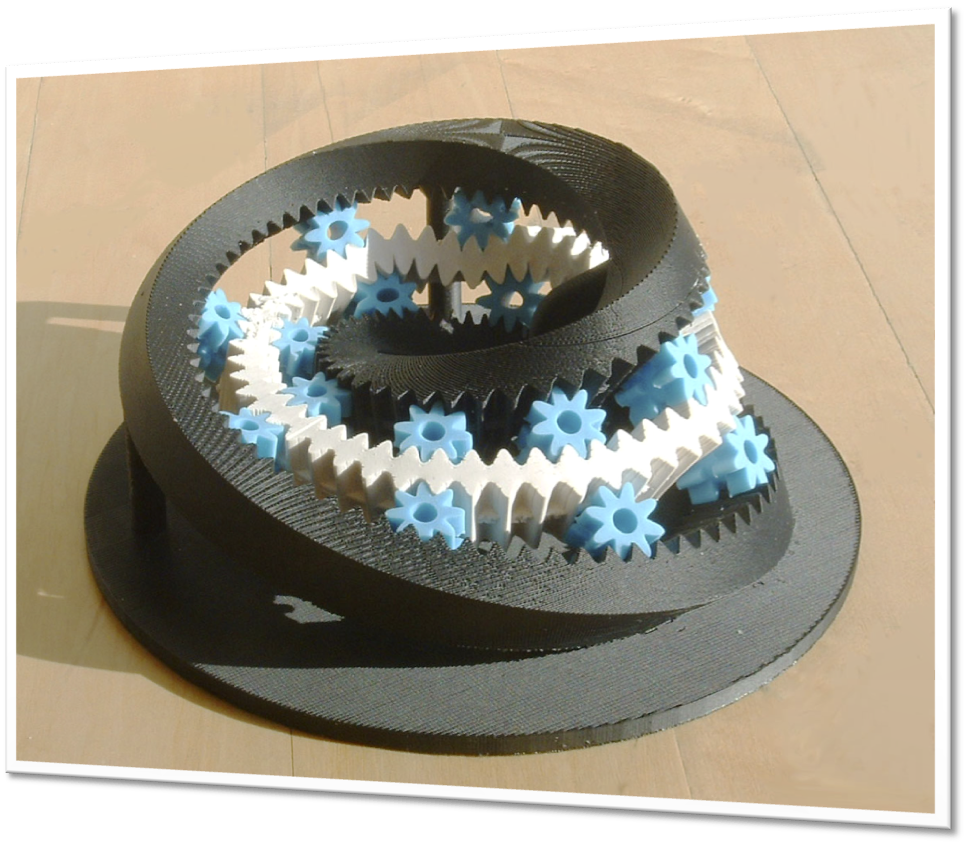Team:Imperial College/Project
From 2008.igem.org
(Difference between revisions)
(Prototype team page) |
|||
| (32 intermediate revisions not shown) | |||
| Line 1: | Line 1: | ||
| - | + | {{Imperial/StartPage2}} | |
| - | + | === Project Specifications === | |
| - | + | {{Imperial/Box2|| | |
| - | + | In designing our ''Biofabricator Subtilis'', we followed the engineering approach for synthetic biology. | |
| - | + | ||
| - | + | ||
| - | + | ||
| - | + | ||
| - | + | ||
| - | + | ||
| - | + | ||
| - | + | ||
| - | + | ||
| - | + | ||
| - | |||
| + | We started with a set of basic specifications our project must meet in order to fulfill our aim of designing a genetically-engineering biofabricator. Since there are three main parts to our project, our specifications can be broadly classified into three categories - light sensing, motility control and biomaterial synthesis. | ||
| + | |[[Image:Imperial_2008_Engineering_Cycle.png|right|250px|Our design process]]}} | ||
| + | {{Imperial/Box1|Light Sensing | ||
| + | |* The photoreceptor must have a short response time, preferably under one minute. | ||
| + | * The light sensing pathway must be able to be coupled to an inducible promoter, to allow control of our downstream systems (motility control and biomaterial production). | ||
| + | * The photoreceptor must be compatible with the chassis. | ||
| + | * The pathway must not give rise to negative secondary effects such as interference with native pathways. | ||
| + | |[[Image:Imperial_2008_Light_Sensing.png|right|250px]]}} | ||
| - | {| | + | {{Imperial/Box1|Motility Control |
| - | | | + | |* Quick and effective control of bacteria motility - we should be able to stop bacteria locomotion efficiently. |
| - | |[[Image: | + | * The mechanism for motility control should be reversible - bacteria should be able to regain locomotion after a certain recovery period, but this is not essential. |
| - | | | + | |[[Image:Imperial_2008_Motility.png|right|250px|A clutch... Like, from a car?]]}} |
| - | + | ||
| - | + | ||
| - | + | ||
| - | + | ||
| - | + | ||
| - | + | ||
| - | + | ||
| - | + | {{Imperial/Box1|Biomaterial Production | |
| + | |* Bacteria should be able to secrete large amounts of a self-assembling biomaterial into the growth medium. | ||
| + | * Biomaterial must be small enough to facilitate its secretion by the chassis. | ||
| + | * Biomaterial should be compatible with tissue engineering or regenerative medicine. | ||
| + | |[[Image:Imperial_2008_Moebius_Gear.png|right|250px|The Moebius Gear, produced by 3D printing]]}} | ||
| - | + | <hr><br> | |
| - | + | ||
| - | + | ||
| - | + | ||
| - | + | ||
| - | + | ||
| - | + | ||
| - | + | ||
| - | + | ||
| - | + | {{Imperial/Box2||For more information on how ''B. subtilis'' meets our specifications and why we have embarked on the ambitious route of using it as our chassis, please refer to the next page. [[Team:Imperial_College/Chassis_1 | '''>>> Why B. subtilis? >>>''']]}}{{Imperial/EndPage||Chassis_1}} | |
| - | + | ||
| - | + | ||
| - | + | ||
| - | + | ||
| - | + | ||
| - | + | ||
| - | + | ||
| - | + | ||
| - | + | ||
| - | + | ||
| - | + | ||
| - | + | ||
| - | + | ||
| - | + | ||
| - | + | ||
| - | + | ||
| - | + | ||
| - | + | ||
| - | + | ||
| - | + | ||
| - | + | ||
| - | + | ||
| - | + | ||
| - | + | ||
| - | + | ||
| - | + | ||
| - | + | ||
| - | + | ||
| - | + | ||
| - | + | ||
| - | + | ||
| - | + | ||
| - | + | ||
| - | + | ||
Latest revision as of 20:07, 28 October 2008
Project Specifications
|
|||||||||||||||||||||||
 "
"




